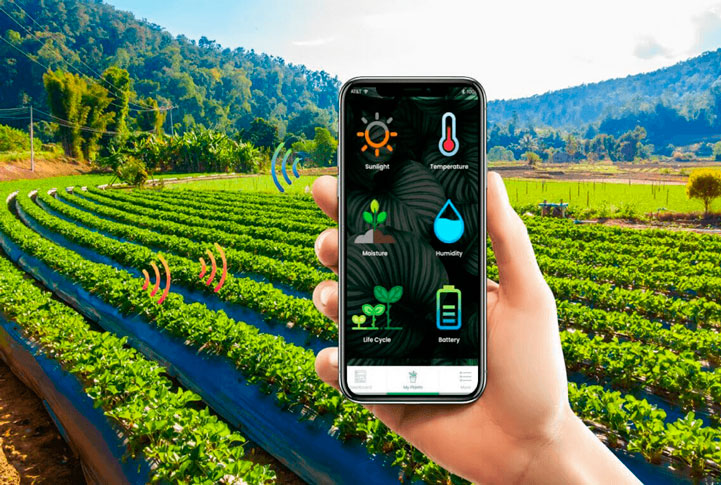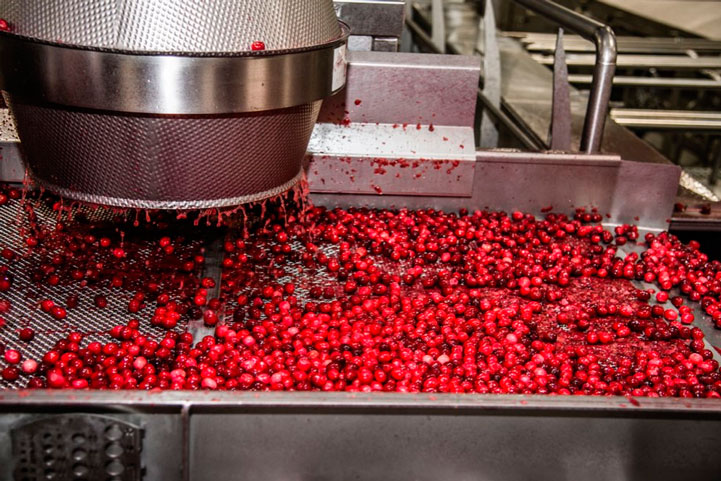Precision farming system
Agriculture is an important component in the economy of Colima (second sector classified after trade), represents 5% of GDP (0.6% of Mexico) and employs 42,238 people (12% of the population of the state). Corn and papaya crops are particularly important for the state in terms of domestic exports. However, the industry has stagnated due to abiotic crop stress concerning environmental factors of climate and soil health. The use of technology is considered to offer the potential to improve the resilience of the agricultural industry in Colima to abiotic stress.
Description
Within this project, we will test the potential of several technologies to first detect changes in the important factors of climate and soil that affect agriculture, secondly, to understand their particular role in the generation of stress in crops (interactions environment-crops), and finally use this data and understanding within a framework of precision agriculture (PA), to define spatially and temporarily variable crop-specific crop management strategies. Both hardware and software technologies will be investigated.
Wireless sensor networks (WSN) will be established at high resolution, using a range of climate, soil, and plant sensors in two fields (corn and papaya) in Colima. Attention will be given to making these networks intelligent, adaptable, and dynamic to optimize the data collected for use in models. Unmanned aerial vehicles will also be used to collect farm-scale crop data, using multi-spectral cameras. Finally, satellite remote sensing images will be used to determine which areas of the state of Colima are most suitable for different types of agriculture. The data will be monitored for 5 years, with periods and areas of particular abiotic stress, focused, for example, extreme weather and nutrient losses. Experimentation in the field will support the truth of these data sources, as well as the provision of complementary information. This will increase our understanding of how climate, hydrology, and soil health affect agricultural products.
In addition, controlled experiments will be tested in a variety of management strategies to determine the impact on crop yield and quality, including irrigation (with magnetized water), fertilizer application, liming to reduce acidity, hydrogels, and crop cover. This information and understanding, together with the expert knowledge of farmers about traditional management practices obtained through farmers’ workshops, will be used to predict the impact of abiotic stress on agricultural production through machine learning and big data approaches. This works in a two-stage process, in which the model is trained using past data, forming algorithms that convert inputs into outputs. This can be done using supervised techniques (inputs related to outputs), unsupervised (inputs analysed for emergent behaviour), and reinforcement (algorithms respond to feedback), including artificial neural networks, self-organized maps, and genetic algorithms. However, these methods are generally based on multi-variable regression, which suffers from the problem of statistical independence of observations or spatial self-correlation. Our goal is to develop new approaches to make the statistical approach to machine learning more applicable to spatial issues such as precision agriculture. In addition, our objective is to account for the uncertainties associated with the impact of abiotic factors on agriculture through the development of probabilistic forecasts that will facilitate discussions among farmers, through which compensations and complexities in the system can be explained, in instead of recommending a single course of action. This will be integrated into a decision support tool, which will be developed together with farmers to present data, understanding of impacts, and possible management strategies.






